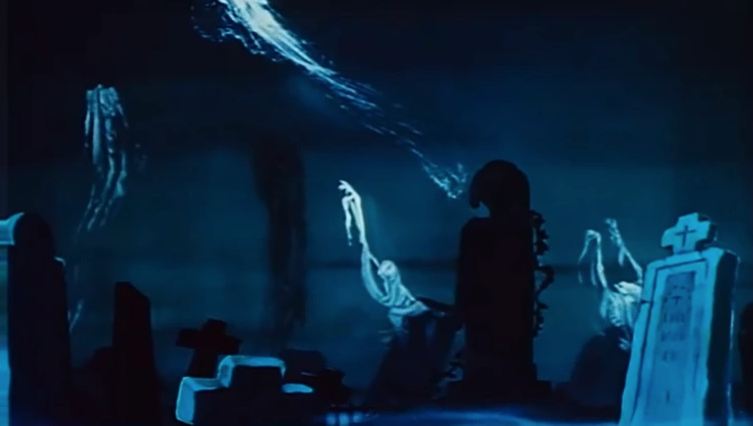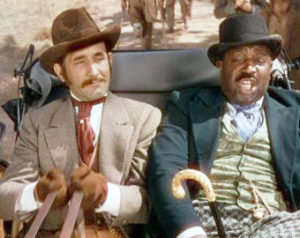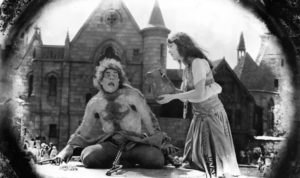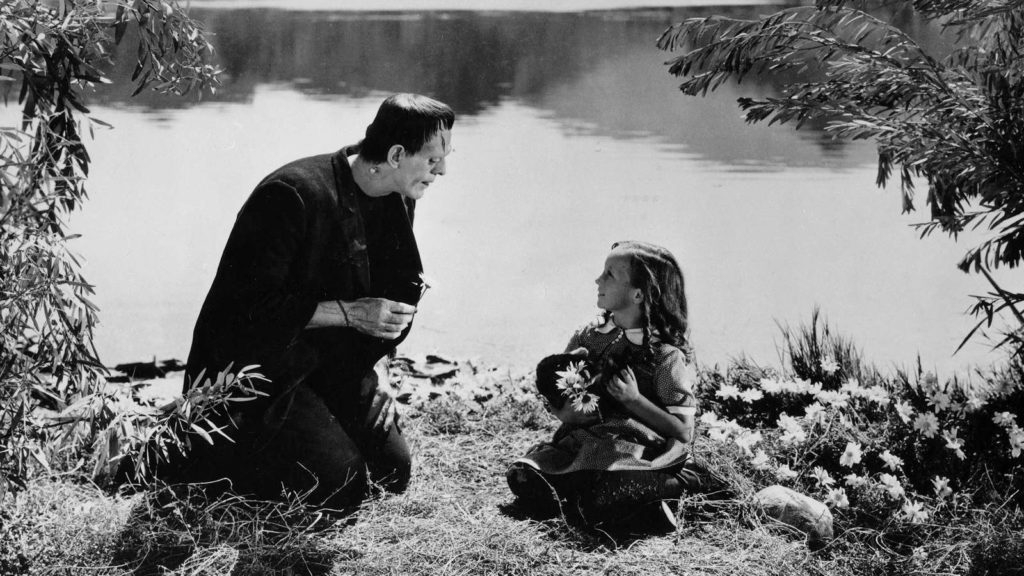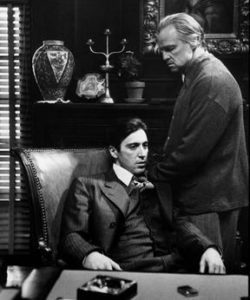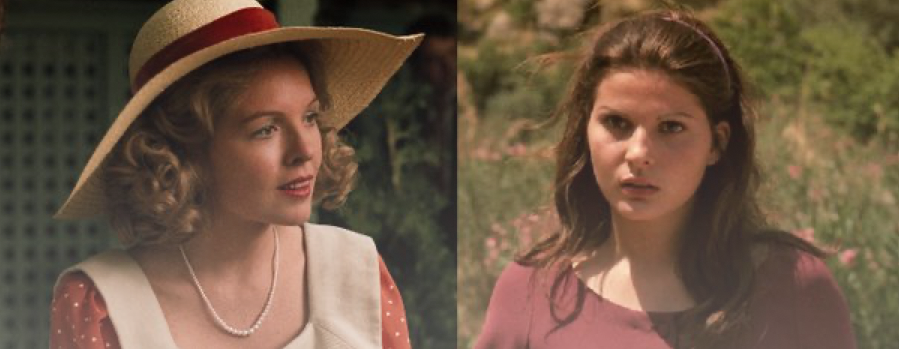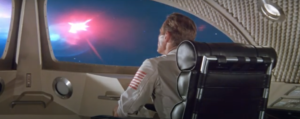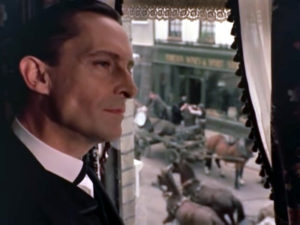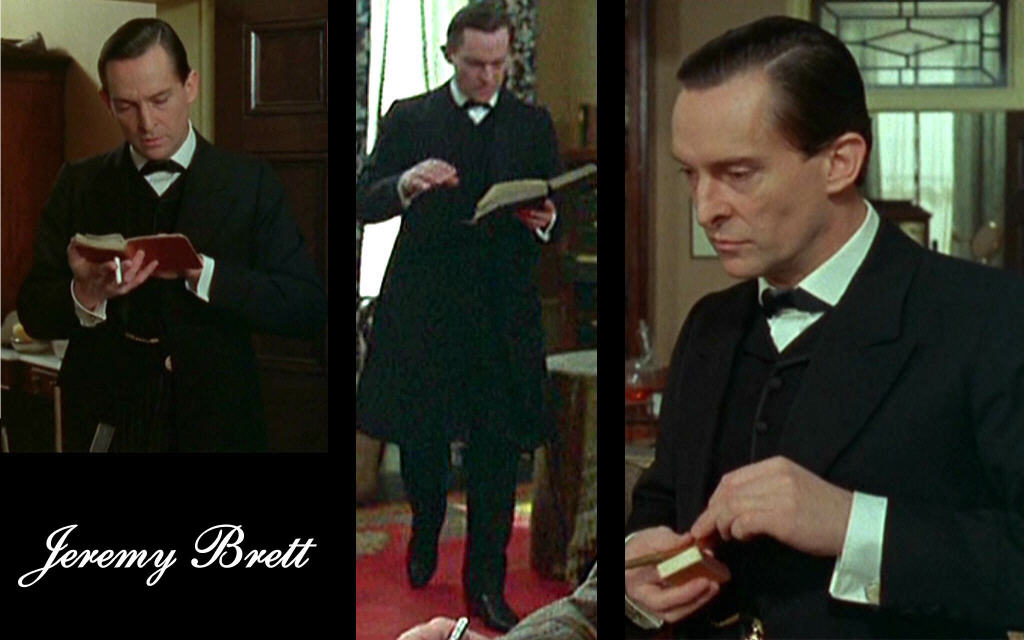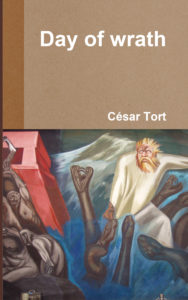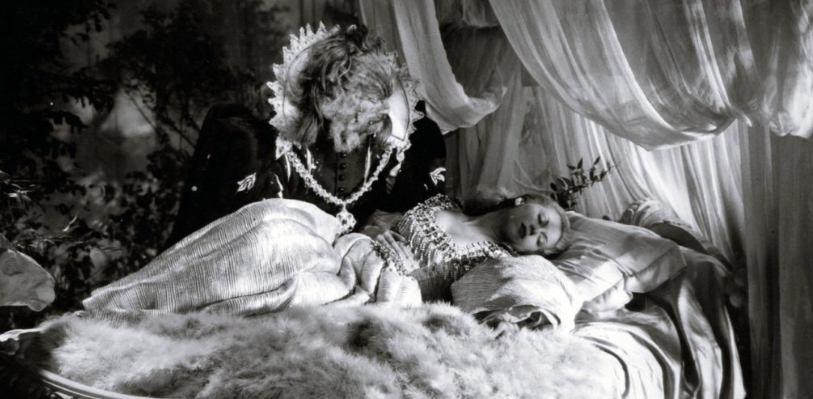
This film, Beauty and the Beast was released when the Allies were perpetrating the Hellstorm Holocaust on the defenceless German people.
It’s been so many years since I saw it on the big screen, that I only used to remember when Belle’s father enters the Beast’s castle and we see how the torches with human arms light his way; as well as the ending, the couple’s ascent, as the audience applauded (something very rare in cinema theatres). Yesterday when I saw it again, in French and with subtitles in my native language, I remembered some things, but many others I had forgotten.
Although I hadn’t seen it for decades, the reason I included it in my list of 50 films that influenced me is because what I do remember perfectly well is my interpretation. I thought, for many years, that this fairy tale symbolises women’s sexuality. At first glance, our urges seem bestial to little women. But under the sacred institution of marriage, the beautiful one begins to realise that behind the animal lies a prince, and then they can live happily for the rest of their lives. In other words, only from the moment Belle can assimilate sexual relations with a Beast like us, can she ingratiate herself with Nature.
Without mentioning that movie, The Double Flame, a book that has been translated from Spanish into English, the Nobel laureate in literature Octavio Paz, who was my neighbour before he died, talks about how the ‘red flame’ of the horny male becomes a ‘blue flame’ over time in a couple’s relationship. But let’s do some history.
There are multiple variants of La Belle et la Bête. Its origin could be a story by Apuleius entitled Cupid and Psyche. The first published version of La Belle et la Bête was by the French writer Gabrielle-Suzanne Barbot de Villeneuve in 1740, although other sources credit Gianfrancesco Straparola with recreating the original story as early as 1550. The best-known written version was a much-abridged revision of Villeneuve’s original work, published in 1756 by Jeanne-Marie Leprince de Beaumont. The first translation was made into English in 1757. Although there are many variants of the story throughout Europe, Beaumont’s version is the most famous and is the basis for almost all subsequent versions or adaptations.
It is a story that has circulated throughout Europe for centuries, both in oral and written form and, more recently, in film adaptations. In addition to the interpretation I was left with in my soliloquies (how women’s sexuality works), the fairy tale can also be interpreted as the love of a father, who adored Belle above her sisters, with pure paternal-filial love. But besides the fact that the girl perceives sexuality as something perverse, any man who feels a sexual desire for such an innocent creature can only be a beast.
The above-mentioned 1946 French film, directed by Jean Cocteau, is the first film version of the 1757 tale of the same name and is recognised as a classic of French cinema.
This adaptation adds a secondary plot, with the appearance of a villain: a suitor of Belle’s named Avenant. He intends to take advantage of Belle’s visit to her father to kill the Beast and steal his riches, while Belle’s sisters, the villain’s accomplices, delay Belle’s return to the castle. When Avenant enters the magical pavilion, which is the source of the Beast’s power, he is struck by a fiery arrow from the statue of the Roman goddess Diana, which transforms him into a beast and reverses the curse of the original creature.
1:50 pm update
I just reread some passages from a disciple of Jung that are worth including in this entry. On pages 137-138 of Man and his Symbols by various authors (first published in 1964), under the heading ‘Beauty and the Beast’, Joseph Henderson said:
Girls in our society share the masculine hero myths because, like boys, they must also develop a reliable ego-identity and acquire an education…
I saw an example of this in a young married woman who did not yet have any children but who intended to have one or two eventually, because it would be expected of her…
She had a dream at this time that seemed so important she sought professional advice to understand it. She dreamed she was in a line of young women like herself, and as she looked ahead to where they were going, she saw that as each came to the head of the line she was decapitated by a guillotine. Without any fear the dreamer remained in the line, presumably quite willing to submit to the same treatment when her turn came.
I explained to her that this meant she was ready to give up the habit of “living in her head”; she must learn to free her body to discover its natural sexual response and the fulfilment of its biological role in motherhood. The dream expressed this as the need to make a drastic change; she had to sacrifice the “masculine” hero role.
As one might expect, this educated woman had no difficulty in accepting this interpretation at an intellectual level, and she set about trying to change herself into a more submissive kind of woman… A universal myth expressing this kind of awakening is found in the fairy tale of Beauty and the Beast…
The story can be said to symbolize a young girl’s initiation—i.e. her release from her bond with the father, in order to come to terms with the erotic animal side of her nature. Until this is done, she cannot achieve a true relationship with a man.
Compare this wise psychoanalyst with the anti-motherhood shit that the System tells young women these days.
